Argeo Builds the Tools to Bridge the Data Gap
[As published in the March/April 2023 edition of Marine Technology Reporter]
Argeo is an offshore service company, created in 2017 and on the move, driven by its mission to transform the ocean surveying and inspection industry via autonomous surface and underwater robotics solutions. We recently caught up with Argeo CEO Trond Crantz for a far-reaching discussion on the company and its recent innovations in the surface and underwater vessel sector, as well as insights on its digital platforms and patented electromagnetic sensor systems.
Trond, can you give us a by-the-numbers look at Argeo today?
We now have 50 employees, and since the start of April 2021 we have amassed four AUVs. Two of them are from Teledyne (SeaRaptor 6000) and also a brand new Hugin 6000 from Kongsberg. We have also commercialized our first USV as well, to cover the near shore shallow water, typical offshore wind market.
Can you give us a quick breakdown of the markets that you serve?
Most of our management probably spent half a lifetime in oil and gas. So, the offshore energy market, if you divide that in half by oil and gas and offshore wind, those two are obviously the larger ones. Of those, I would say that oil and gas is probably 60-70%. But we are seeing a significant uptick in offshore wind as well, especially in Europe, but also in the US.
And then, we are probably one of very few companies who can maybe contribute both on an environmental side, and the geological assessment side in terms of the deepsea mineral market, which is also coming strong and steady.
Do you see a changing request or demand for automation, for services, for uncrewed services?
That’s a good question. I see that there is a lot of interest. Many companies would like to see more of this, but at the same time there are a lot of [legislative] questions that still need to be answered, and we need to be careful not taking on too much of the CapEx responsibility. We can see that with some of the tools that we already employ, we can increase efficiency by a multiple of five or six, maybe even more in super deep water.
What we, as a company, are working on is building a bridge between our present situation and what is to come.
On the autonomy topic, Argeo Argus made headlines in mid-2022, as the first uncrewed remotely-supervised survey and inspection vessel.
We spent a lot more time to commercialize the whole system than we expected, but that paid off when we started the first project in November (2022), which was for our Norwegian renewable company. Our first USV is fully uncrewed, small enough to easily ship it anywhere. The client was very satisfied, as it provided fantastic performance and excellent data.
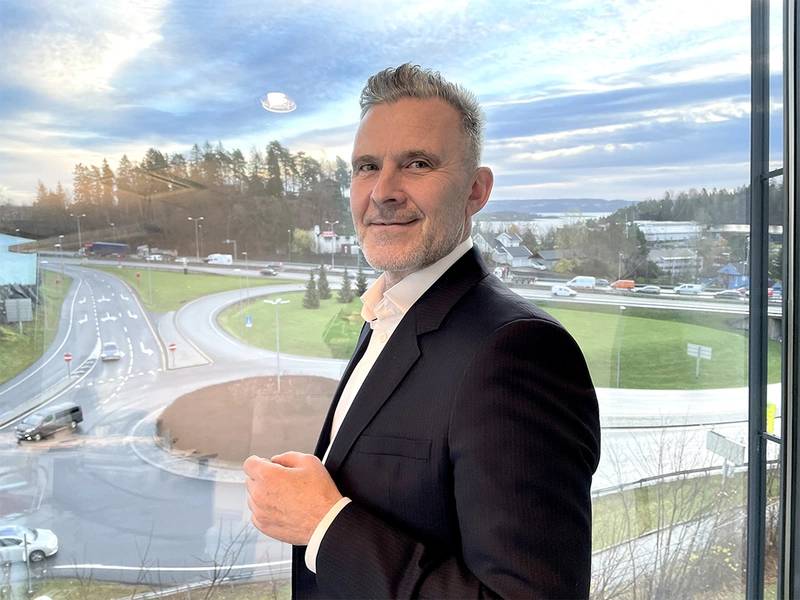 “Bringing new sensor systems to the market is one of our key focal points, and it was part of our uniqueness when we started ... It’s a whole family electromagnetic systems that is being developed and patented." - Trond Crantz, CEO, Argeo. Image courtesy ArgeoLooking at the crewed vessel side, I saw with interest that you took on a five-year bareboat charter for the RGO searcher. What was the impetus, and how is it being used today?
“Bringing new sensor systems to the market is one of our key focal points, and it was part of our uniqueness when we started ... It’s a whole family electromagnetic systems that is being developed and patented." - Trond Crantz, CEO, Argeo. Image courtesy ArgeoLooking at the crewed vessel side, I saw with interest that you took on a five-year bareboat charter for the RGO searcher. What was the impetus, and how is it being used today?
We saw the offshore energy [vessel] market tightening up in early 2022 [as more vessels went back to work, meaning the ability to put our containerized equipment onto a vessel of opportunity would suffer]. We started the [vessel search] process in Q2 2022, to identify the right vessel for the job, [we found it and] we have the option to buy the vessel. It is an ultra-deep water activity center. So it’s a sub sea and IMR survey vessel, predominantly intended for South America, West Africa, the Caribbean, and also the deep sea mineral market. The vessel was prepared properly in the Middle East, and the in Las Palmas we rigged all of the AUVs and ROVs onboard. It was fully commercialized and ready at the beginning of February 2023.
We talked briefly at the beginning about your AUV fleet: Teledyne Sea Raptor, Kongsberg Hugin. Can you give us a little more insight on that AUV fleet: why those two brands proved attractive, and do you see that growing in the future?
The first AUV we bought was a Hugin system, as we have a good relationship with Kongsberg, and they have a lot of experience: the system is proven. But we also wanted a slightly different system [Teledyne SeaRaptor], one which was more of an open-source setup; one where we can choose the systems, and the integrators, and the sensors, one that we foresaw with the product development that we are ourselves doing on geo-robotics. It’s a slightly different concept, in terms of how it’s put together and how it can be used.
Both are capable of diving down to 6,000 meters water depth. So it’s trying to be a bit more agnostic than the ordinary company, allowing us to have a bit of play in terms of what we are developing on our own front, connecting that with our digital platform, Argeo Scope, which allows us to seamlessly project data from the data acquisition platform into a cloud-based system.
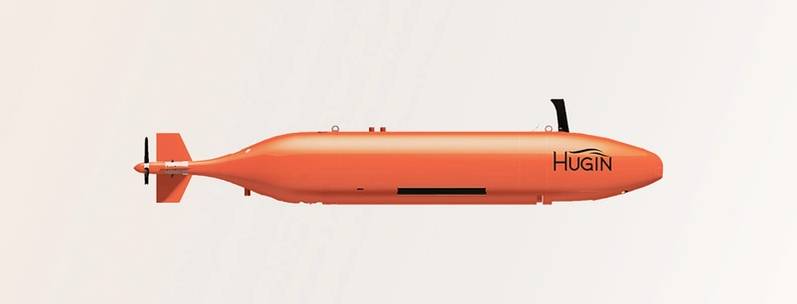 Argeo also has a close relationship with Kongsberg and is well experienced using the Hugin 6000 AUV. Image courtesy Kongsberg Maritime
Argeo also has a close relationship with Kongsberg and is well experienced using the Hugin 6000 AUV. Image courtesy Kongsberg Maritime
Most of our discussions center around the ability to go out, collect, send, disseminate information more efficiently. What technological development do you see that has most increased your ability to do that job more efficiently and cost effectively?
That’s a big topic. Bringing new sensor systems to the market is one of our key focal points, and it was part of our uniqueness when we started. We have a fantastic engineering department developing cutting edge technology on the sensor side [which can be leveraged across many markets]. It’s a whole family of electromagnetic systems that is being developed and patented. So that’s the one thing. The other thing is a deep understanding of AUVs. I think we have 10 sensors now, in the high-specifications AUVs, we have cameras, lasers, SaaS, navigation data, and so forth. So many sensors. Over the course of maybe two days, we amass up to five terabytes of data. Huge amounts of data.
Historically, a lot of that data becomes dead data on the client side. How do you make use of all of that information? That’s why we also started developing a cloud-based digital platform, which allows the clients to look at all of the data that we acquire, and to correlate the different data types over a given project that they may have. This allows them to create value out of all the data types. So we can wave goodbye to PDF reports, and welcome the digital age.
You run a fast-moving company in a fast-moving business sector. What’s the secret to long-term success?
As a company, our foremost obligation is to bring investor value, and there are many ways of doing that. We develop technology, which has a long-term value creation, and at the same time we have a huge focus on the service side. The challenge there is to balance the development of technology with business take up of all the things that we develop. It is abalancing act: you need to make sure that you are bringing technology and services out quickly, at the same time, not too quickly.
Watch the full interview with Trond Crantz, CEO, Argeo, here:
Recent ARGEO Hightlights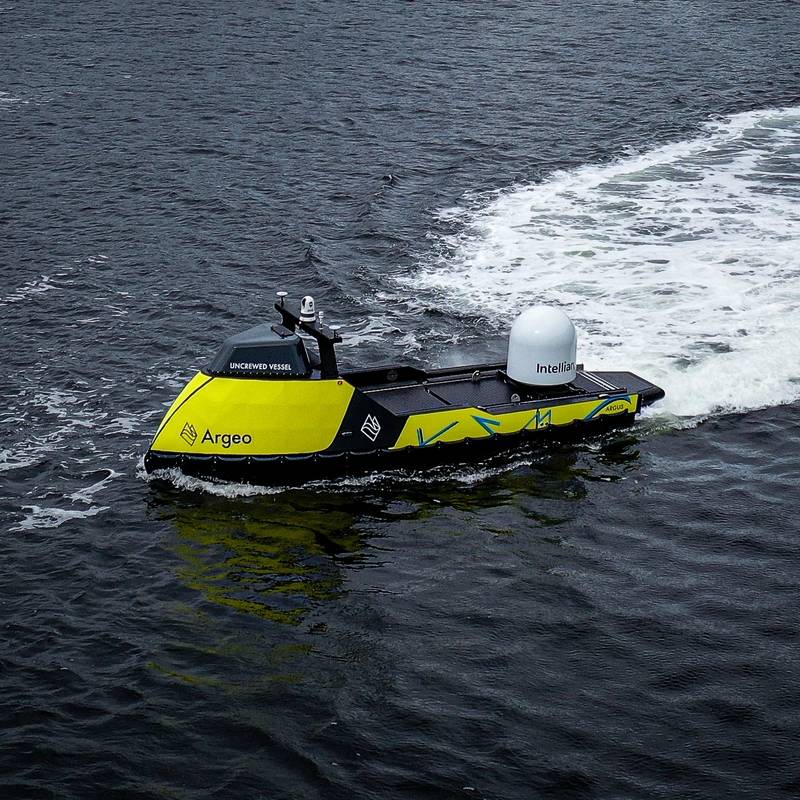 The new Argus USV.
The new Argus USV.
Photo courtesy Argeo
- During the summer Argeo took delivery of its Unmanned surface vessel (USV) Argus USV.
- Argeo recently entered into a 5-year bareboat contract for the subsea vessel Argeo Searcher. The combination of Searcher, our own AUVs and the possible addition of onboard ROV’s makes this a very attractive multi-purpose operational platform for subsea operations.
- Argeo has developed a recently patented portfolio of electromagnetic source and receiver systems for Autonomous Underwater Vehicles, Underwater Intervention Drones and ROVs. "Argeo Whisper” is an AUV and ROV system developed for localizing and tracking buried pipelines as well as detecting buried objects in a decommissioning survey. It can also be used for detecting unexploded ordnances. “Argeo Discover” is an application or detecting, delineating, and characterizing deep sea mineral deposits or other conductive objects below the seafloor utilizing an electromagnetic source integrated in an AUV or ROV.
- Argeo SCOPE (previously Digital Ocean Space) software platform reached a milestone when it was released as a commercial product. Argeo SCOPE is a fast and performant 3D visualization of vast amounts of ocean space data in the cloud, supporting a collaborative data sharing and interpretation workflow. The system allows for seamless data fusion from seabed measurements.





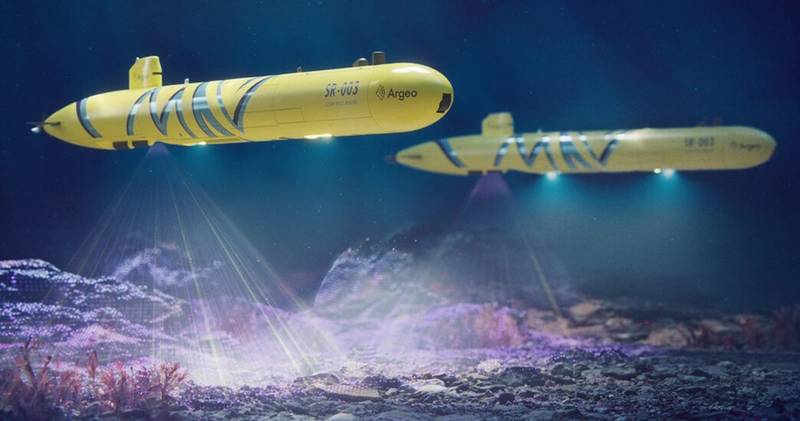
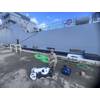
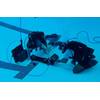

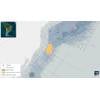
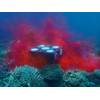
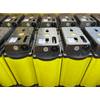






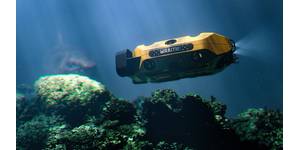
 August 2025
August 2025



